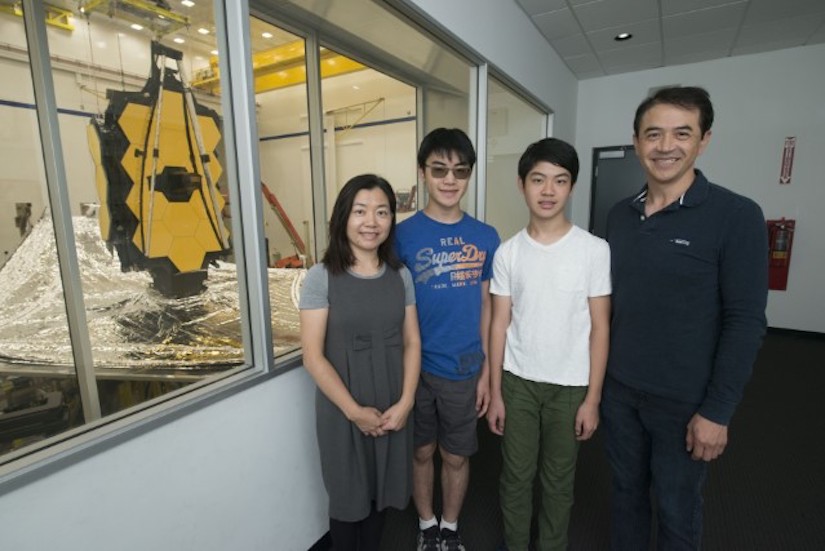Cell mechanics offers new clue in genetic heart disease
2022 PhD graduate Alana Stempien and Professor Wendy Crone uncovered new details about the mechanical characteristics of heart cells in patients with Catecholaminergic polymorphic ventricular tachycardia (CPVT)- basic research they hope could inform treatment strategies.
New lightweight super material can battle bullets, deflect space debris
University of Wisconsin-Madison engineers have created a nanofiber material that outperforms its widely used counterparts—including steel plates and Kevlar fabric—in protecting against high-speed projectile impacts.
Basically, it’s better than bulletproof.
Making new metals with machine learning means molten salt can’t corrode
Molten salt has a variety of uses for clean energy sources-from storing the sun's heat in solar power plants to being used as a coolant and solvent for uranium fuel in nuclear reactors. However, it is notorious for corroding metals, so researchers are working hard to create metal alloys that can withstand this corrosion. Associate professor Adrien Couet and collaborators have developed an innovative and fast approach to test these new alloys using additive manufacturing, high-temperature corrosion testing, modeling, and machine learning.
Alum contributes to NASA’s James Webb Space Telescope
On December 25, 2021 NASA launched the James Webb Space Telescope. UW-Madison EMA alum Wei-Di Cheng worked on the telescope's forward and aft unitized pallet structures, which contained Webb's carefully folded sunshield.
Building community and shaping context: Unique new course offers real-world intro to nuclear engineering
With support from Engineering Physics colleagues Professor Paul Wilson and Assistant Professor Stephanie Diem, Associate Professor Adrien Couet designed a novel undergraduate course for first-year UW-Madison nuclear engineering students. The course aims to foster a sense of community among the students while exposing them to a broad range of topics, including current energy markets, the controversies related to nuclear energy, and issues related to community acceptance of nuclear energy.
Experimental model of ovarian cancer shows effect of healthy cell arrangement in metastasis
Ovarian cancer devastates more than 20,000 women in the United States every year, due in part to its tendency to evade detection and present after metastatic spread. A key element to slowing metastasis is understanding the mechanisms of how tumor cells invade tissues.
Jun (Jay) Zhang, a PhD student in biophysics in the Notbohm Research group, was first author on a paper demonstrating how topological defects in a normal cellular layout affect the rate of tumor cell invasion.





